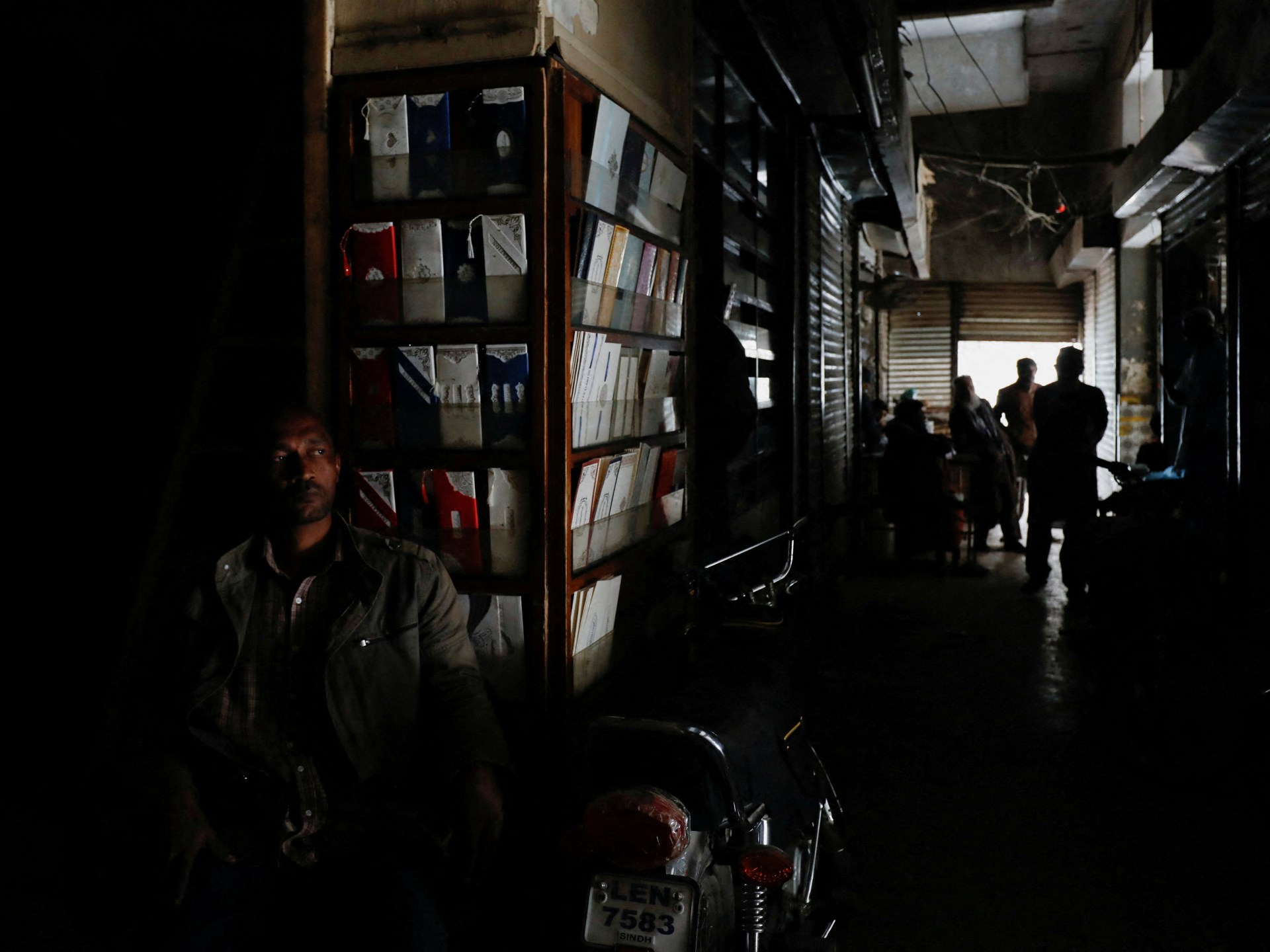Large parts of Pakistan, including the capital, Islamabad, and the major cities of Lahore and Karachi, witnessed, on Monday morning, a power outage that paralyzed vital facilities, according to the authorities, who later announced the partial restoration of electricity to several regions.
Energy Minister Khurum Dastagir said that the power outage was the result of a technical failure in the line linking the provinces of Sindh and Baluchistan, which caused the interruption of electricity production stations, the main distribution network, and the disruption of metro services in Lahore, the second largest city in the country.
The fault caused a power outage at around 07:30 local time (02:30 GMT).
The Minister of Energy added that the electricity supply began to partially return from north to south, about 6 hours after factories, hospitals and schools were informed of the power outage.
He also said that the network is supposed to return to full operation at 10 pm (1700 GMT).
"We are doing everything we can to restore power before that," he added.
And the Ministry of Energy announced the partial return of electricity to the capital and the city of Peshawar (northwest) this morning, but Karachi, the major economic city that includes 15 million people, and the second city of Lahore in terms of population (10 million) were still without electricity late in the morning. .
This is the second incident of its kind within 3 months, as the last large-scale power outage occurred in October and it also took hours to repair, and a senior official in the ministry attributed the reason for this outage, and the frequent outages that the Pakistani people, estimated at 220, suffer from. Million, to the aging network.
Power outages are common in Pakistan, which has been facing an energy crisis for years, but the situation has worsened in recent months, as the deteriorating financial situation exacerbated the difficulties of supplying energy.
Pakistan relies on a complex and dilapidated distribution system, and it produces electric power from nuclear production plants, and other coal-fired plants, and a third with fuel, and a fourth with river water energy.
The outage did not immediately affect the health system, as most hospitals are equipped with emergency generators, while schools, for their part, use a heating system that relies on gas, but the power outage crisis affects families, as well as industries, including the textile sector, for example, which represents about 60%. of Pakistani exports.
A similar outage in January 2021 plunged Pakistan into darkness for several hours, after an "engineering fault" in the south caused cascading failures across the country.
In May 2018, electricity was partially cut off for more than 9 hours in the country.
In 2015, an insurgent attack on a major power line plunged about 80 percent of Pakistan into darkness, according to the government. This outage, one of the worst in the country's history, cut power to major cities across the country, including Islamabad, and affected An international airport.
"There is a fundamental weakness in the system," a senior energy ministry official told Reuters, speaking on condition of anonymity because they were not authorized to speak to the media. "The generators are too far from the load centers, and the transmission lines are too long and insufficient."

